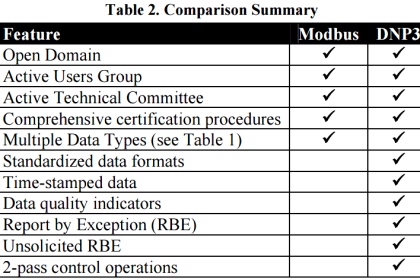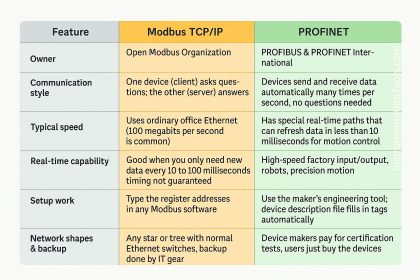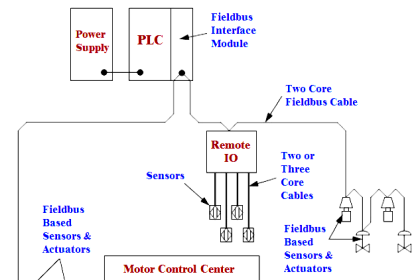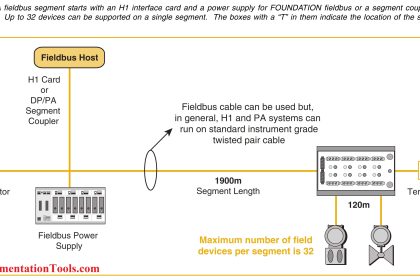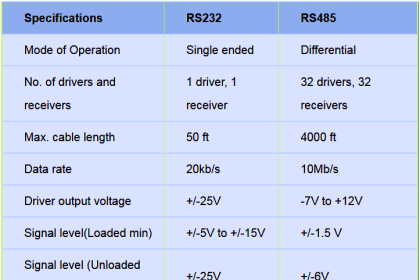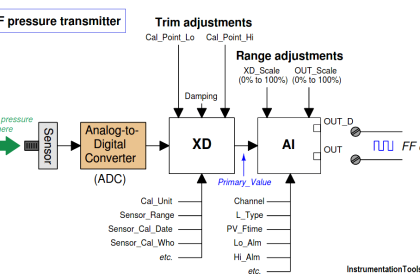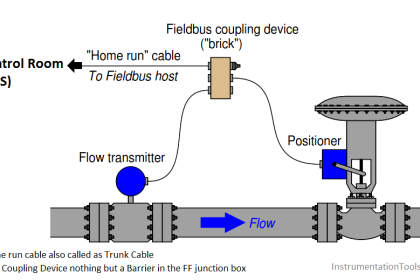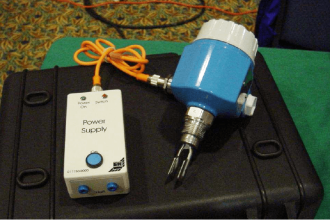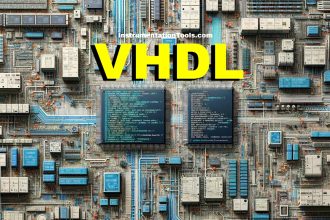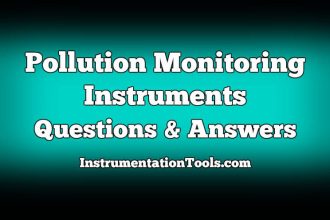Serial Communication Data Transmission Modes means transferring of data between two devices. It is also called communication mode. These modes direct the direction of flow of information. There are three types of transmission mode.
They are :
- Simplex Mode
- Half duplex Mode
- Full duplex Mode
Simplex
Data in a simplex channel is always one way. Simplex channels are not often used because it is not possible to send back error or control signals to the transmit end.
Simplex is one direction. A good example would be your keyboard to your CPU. The CPU never needs to send characters to the keyboard but the keyboard always sends characters to the CPU. In many cases, Computers almost always send characters to printers, but printers usually never send characters to computers (there are exceptions, some printers do talk back). Simplex requires only one lane (in the case of serial).
Half-Duplex
A half-duplex channel can send and receive, but not at the same time. It’s like a one-lane bridge where two way traffic must give way in order to cross. Only one end transmits at a time, the other end receives. In addition, it is possible to perform error detection and request the sender to retransmit information that arrived corrupted.
Half-Duplex is like the dreaded “one lane” road you may have run into at construction sites. Only one direction will be allowed through at a time. Railroads have to deal with this scenario more often since it’s cheaper to lay a single track. A dispatcher will hold a train up at one end of the single track until a train going the other direction goes through. The only example I could think of for Half-Duplex is actually a Parallel interface. Even though parallel is eight lanes, data travels through the lanes in the same direction at the same time but never in both directions at the same time. The IEEE-1284 allows printers to send messages to the computer. The printer cannot send these messages while the computer is sending characters but when the computer stops sending characters, then the printer can send messages back. It’s kind of like some roads that head into downtown. In the morning, they’re one way roads, allowing traffic to go into downtown. In the evening their one way roads, allowing traffic to head out of downtown. The only advantage that Half-Duplex would have is the single lane or single track is cheaper then the double lane or double track.
Full-Duplex
Data can travel in both directions simultaneously. There is no need to switch from transmit to receive mode like in half duplex.
Full-Duplex is like the ordinary two-lane highway. In some cases, where traffic is heavy enough, a railroad will decide to lay a double track to allow trains to pass in both directions. In communications, this is most common with networking. Our fiber optic hubs have two connectors on each port, one for each lane of a two-lane roadway. Full-Duplex fiber is two cables bundled or tied together to form the two-lane roadway. In 100Base-TX, the two lanes are housed in the same jacket. RS232 was also designed to handle Full-Duplex but some of our short haul modems and converters give the user the option to go Half-Duplex or Simplex to reduce the number of conductors needed to connect between them.

